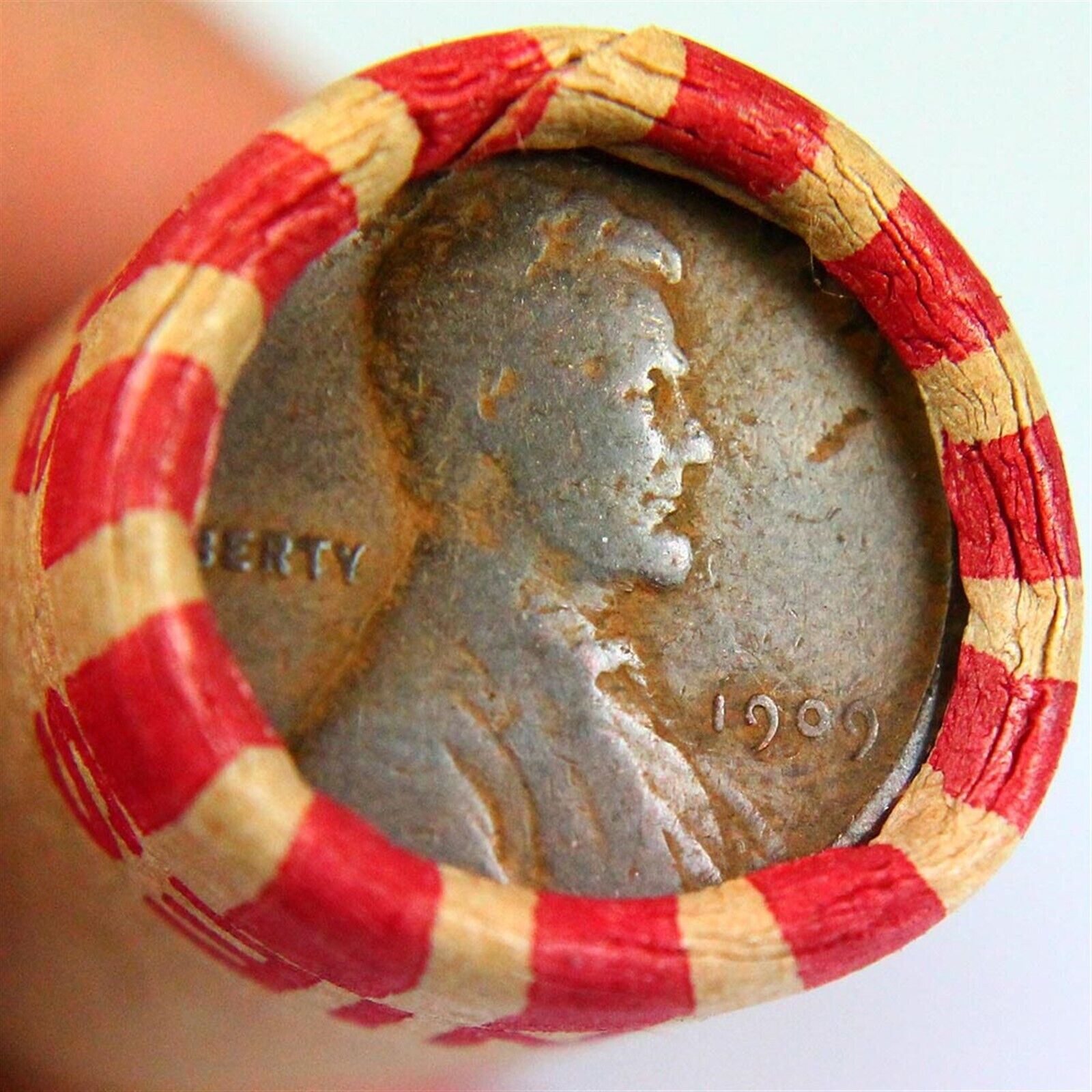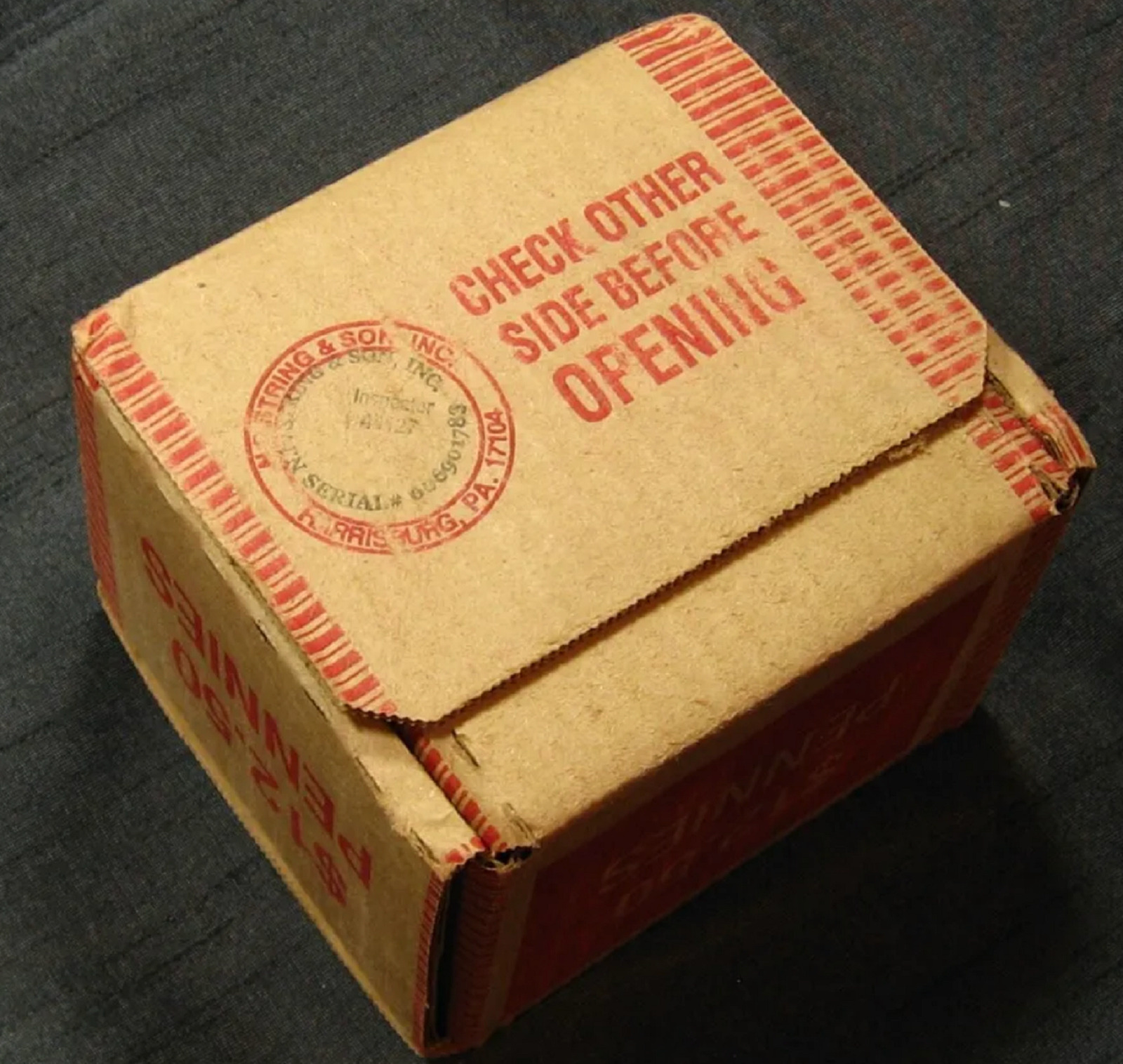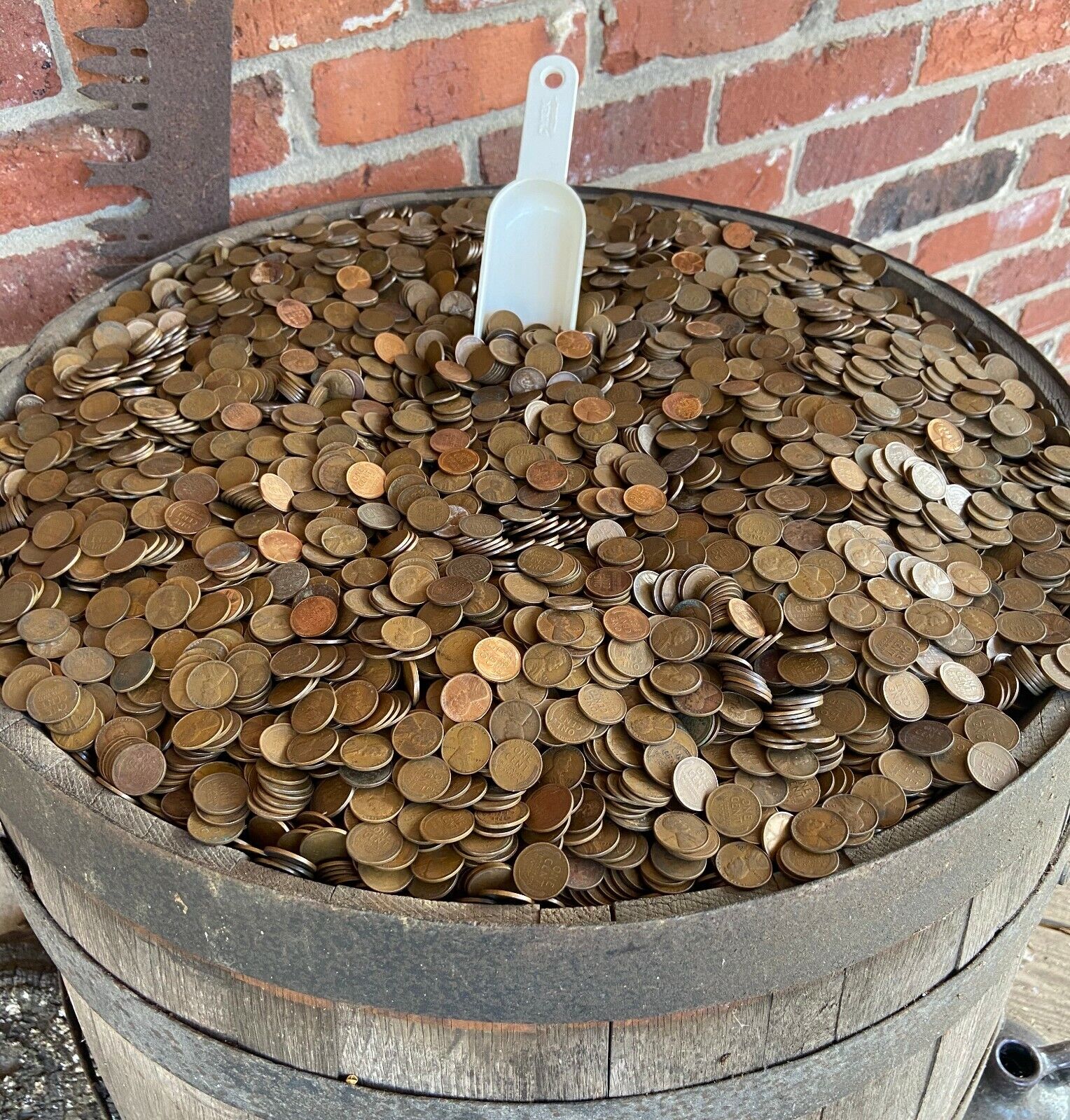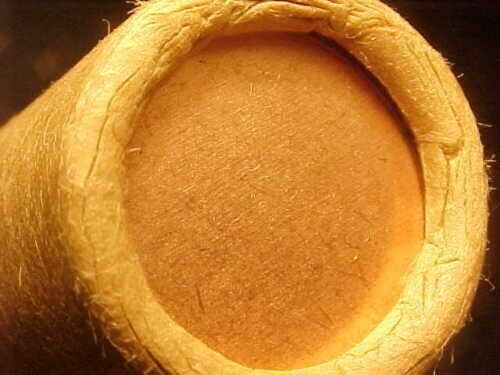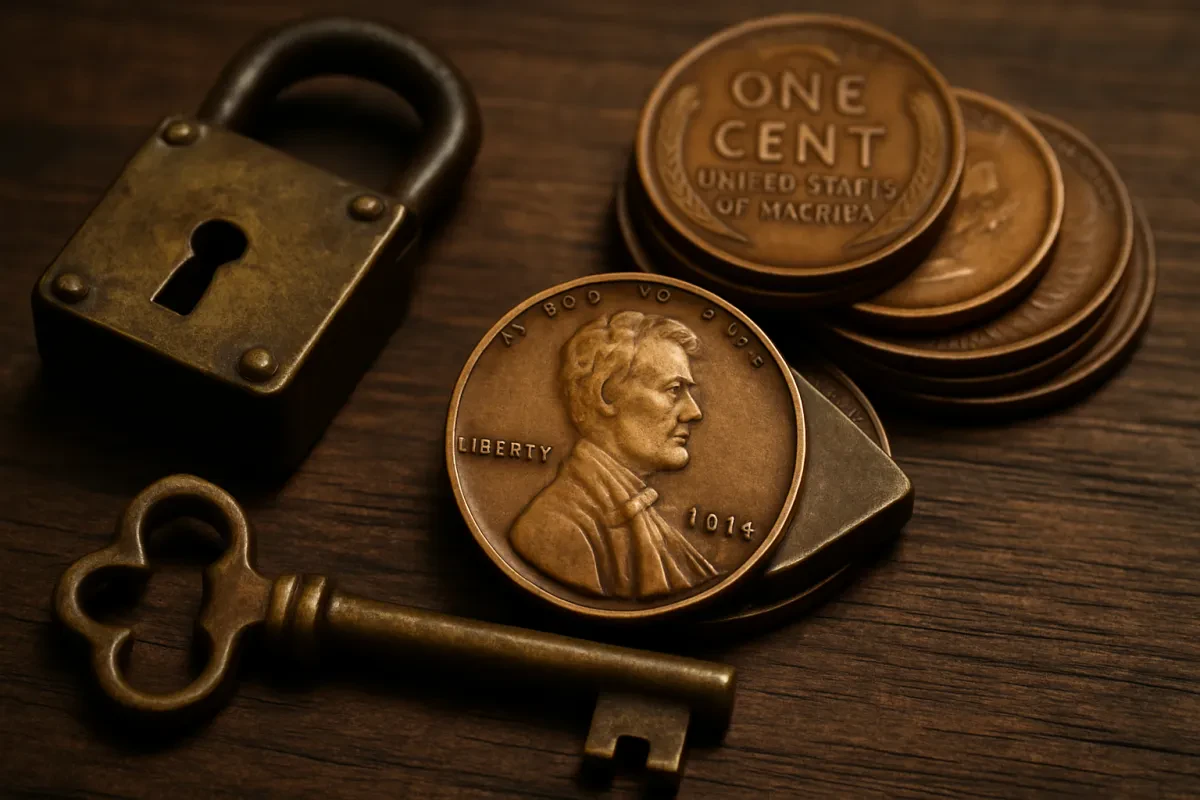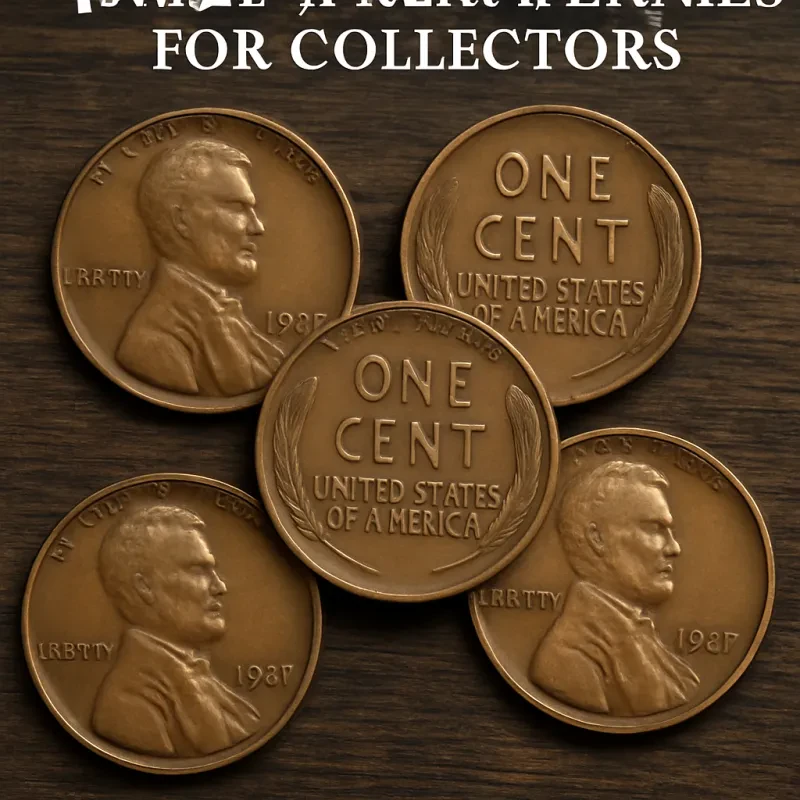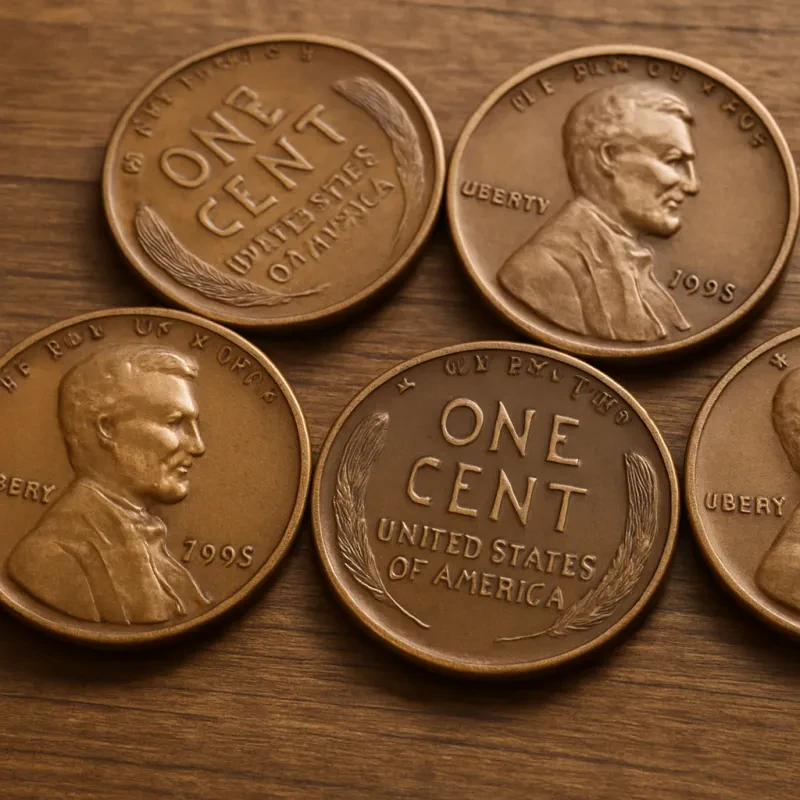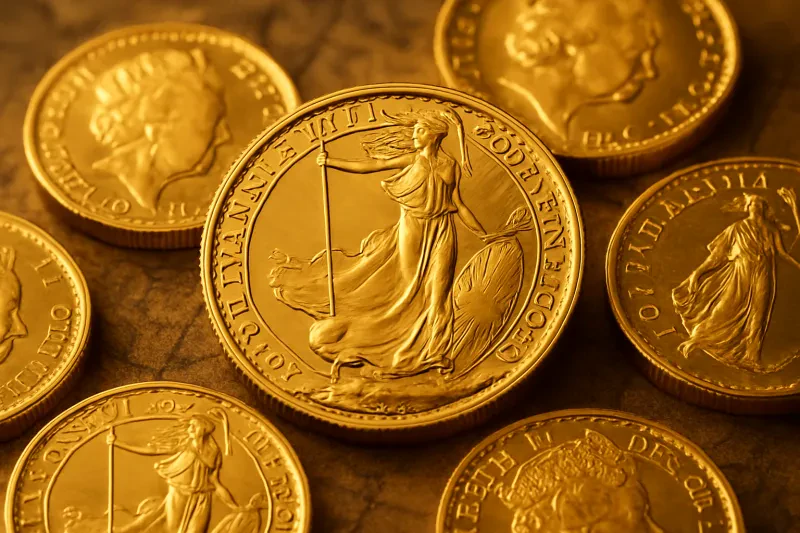Wheat pennies are more than just coins; they’re a little piece of history that many collectors cherish. Minted from 1909 to 1958, these pennies feature a unique design with wheat stalks on the reverse side, which is where they get their name. They come in a variety of years and conditions, making each find exciting. Collectors love the chase of hunting them down and discovering which ones hold a bit more value.
What makes wheat pennies particularly special is their story. The design celebrates American agriculture, a nod to the nation’s roots. Many collectors are drawn to the tales behind specific coins. For example, the rare 1943 copper wheat penny is a must-have for serious collectors! It's fascinating to learn about the mistakes that happen during minting and how they can turn ordinary pennies into treasures.
Getting into the secrets of collecting high-value wheat pennies can feel a bit like a treasure hunt. Knowing which years and mint marks are worth keeping is key. For instance, the 1909-S V.D.B. penny stands out as one of the most sought-after, making it a good example of how certain coins can fetch thousands of dollars. Keep an eye out for pennies with unique characteristics—like being uncirculated or having a high grade. These can significantly increase their worth.
Wheat pennies also have a sentimental value for many people. Maybe they remind you of your grandma’s coin jar or that time you found a bunch while digging through your change. This connection adds a layer of joy to collecting, making it more than just an investment. The secrets of collecting high-value wheat pennies lie in both the thrill of the hunt and the joy of holding a piece of the past in your hands.
How to Spot High-Value Wheat Pennies
Spotting high-value wheat pennies can feel like a treasure hunt, but it's easier than you might think once you know what to look for. First off, check the date. Certain years are worth way more than others. For example, pennies from 1909-S, 1914-D, and 1955 doubled die are hotspots for collectors. If you happen to find one of these dates, you've hit the jackpot!
Next, pay attention to the condition of the penny. Coins are graded on their wear and overall appearance. A coin in mint condition, often referred to as "uncirculated," can be worth significantly more. Look for coins with a sharp design, no scratches, and a nice, shiny finish. The difference in value between a worn penny and a pristine one can be huge.
Another cool thing to look for is mint marks. These tiny letters can reveal where the penny was made. The "S" for San Francisco or "D" for Denver can mean higher value, especially if the coin is from a sought-after year. If you find a penny with an unusual mint mark, that’s definitely a good sign!
Lastly, don’t forget to check for any unique errors. Some pennies might have misprints or uneven cuts that make them stand out. These little quirks can drive up their value significantly. Learning the secrets of collecting high-value wheat pennies really gives you an edge when you’re on the hunt!
Complete Set Indian Head Pennies 1859-1864 Copper-Nickel
Collect all six Indian Head pennies from 1859-1864 in beautiful copper-nickel composition
Product information
$125.00
Product Review Score
4.81 out of 5 stars
63 reviewsProduct links
Tips for Growing Your Collection
Building a collection of high-value wheat pennies can be super fun and rewarding. Here are some tips to help you grow that collection and uncover the secrets of collecting high-value wheat pennies.
First, get to know your coins. Study the different varieties and years of wheat pennies. Some years are more rare than others, and knowing which ones are valuable can help you snag a great deal when you find them. Check out some online guides and coin books to bolster your knowledge!
Next, network with other collectors. Join local coin clubs or online forums. Sharing tips and trading coins with fellow enthusiasts can really expand your horizons. Plus, you'll be in the know about any upcoming coin shows in your area where you might score some hidden gems.
Be patient and persistent. Collecting high-value wheat pennies isn’t always a quick process. Sometimes, you’ll need to hunt around a bit to find the coins that fit your goals. Don’t get discouraged if you don’t find something right away. Keep searching and enjoy the journey!
Finally, store your coins properly. Use protective holders to keep your wheat pennies in good condition. This will not only preserve their value but also make it easier to showcase your collection. Remember, the better you take care of your coins, the more enjoyable your collecting experience will be!
1909 VDB Lincoln Wheat Cent Penny - Stunning Tone
A rare gem for collectors, this penny features a beautiful iridescent tone that's sure to stand out in any collection
Product information
Product Review Score
4.59 out of 5 stars
115 reviewsProduct links
Selling Wheat Pennies for Profit
First off, know what you have. Wheat pennies, made between 1909 and 1958, can vary in value. Some might be worth just a few cents, while others can fetch impressive prices. Look for key dates like 1909-S V.D.B., which collectors often seek out. Researching your coins using online guides or forums helps you figure out their worth.
Next, consider where to sell them. Online marketplaces like eBay or Etsy can be great for reaching collectors. You can set your prices according to market trends. Local coin shops are another option; they often buy coins directly, which means a quicker sale. Just be sure to compare offers to get the best price!
When listing your coins, good photos and clear descriptions are a must. Show off the details, especially if you have rare ones. Highlight any unique features that can attract buyers. The more info you provide, the more buyers will trust you.
